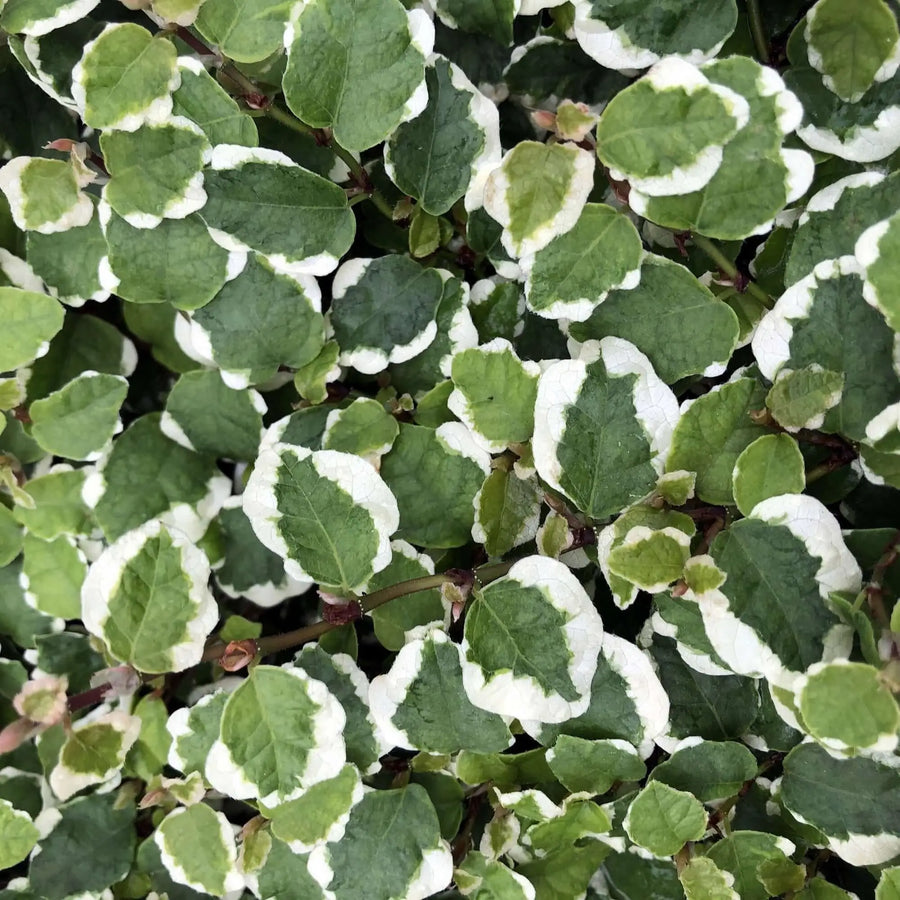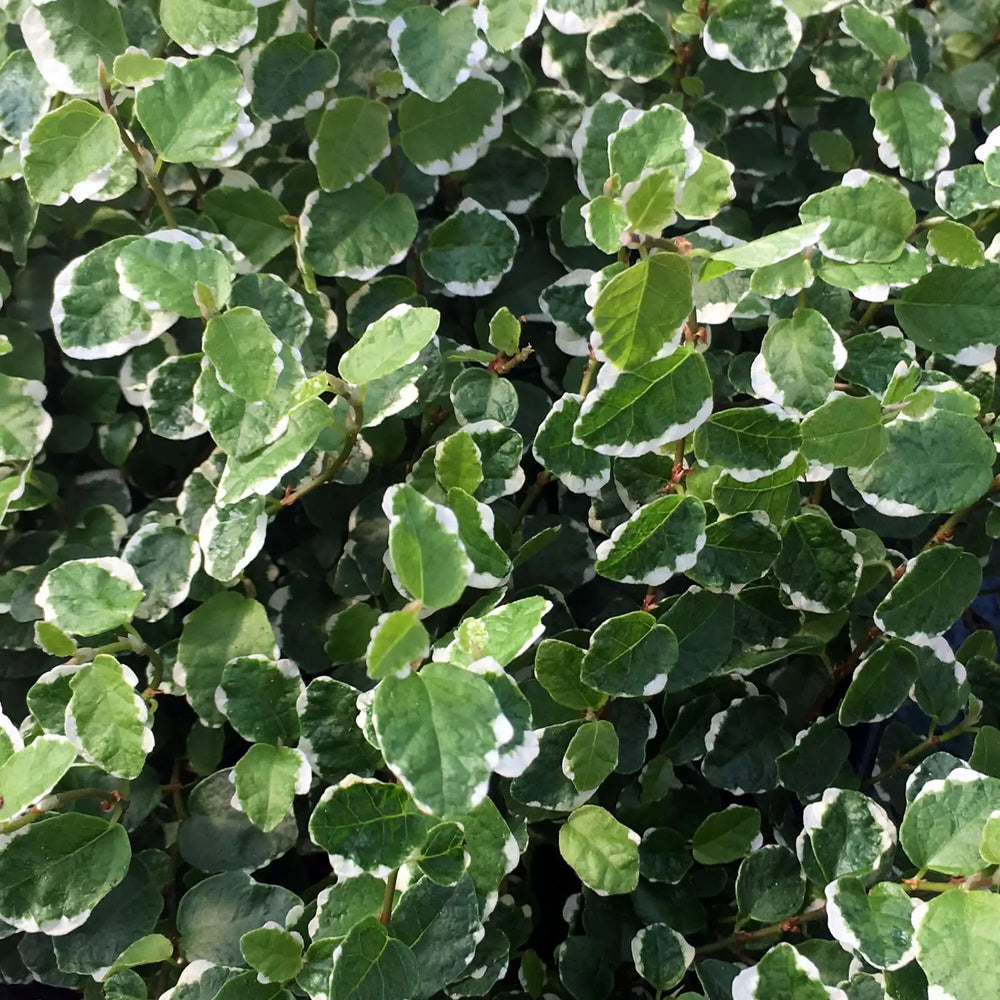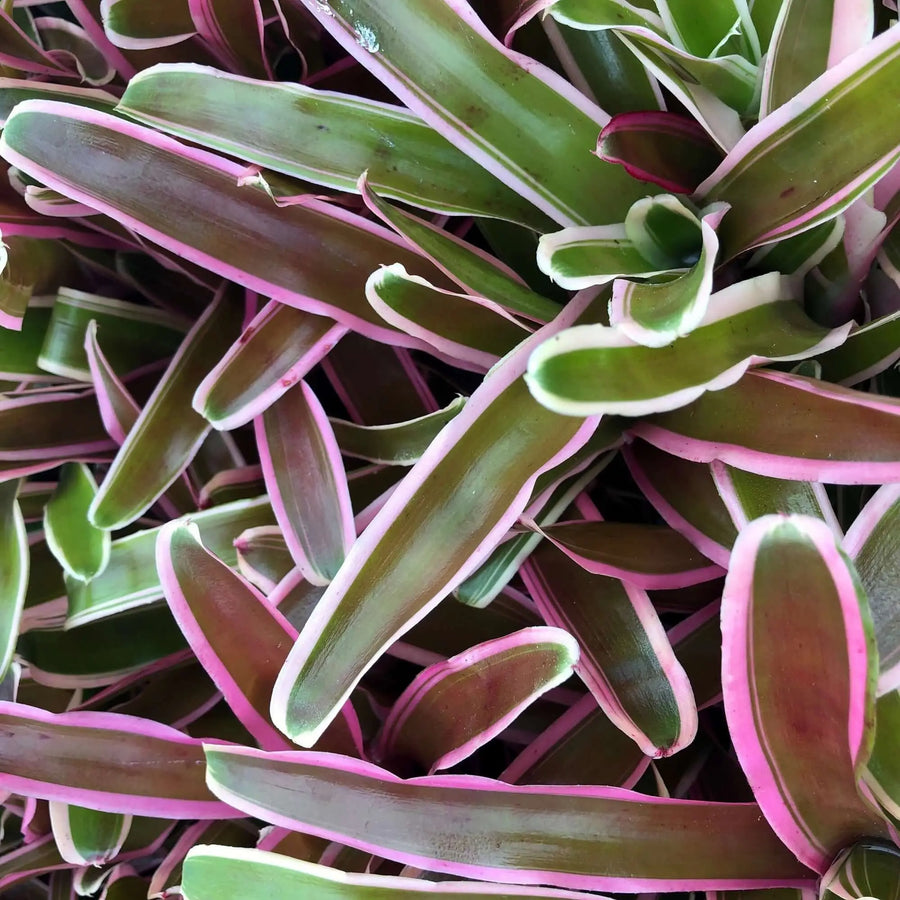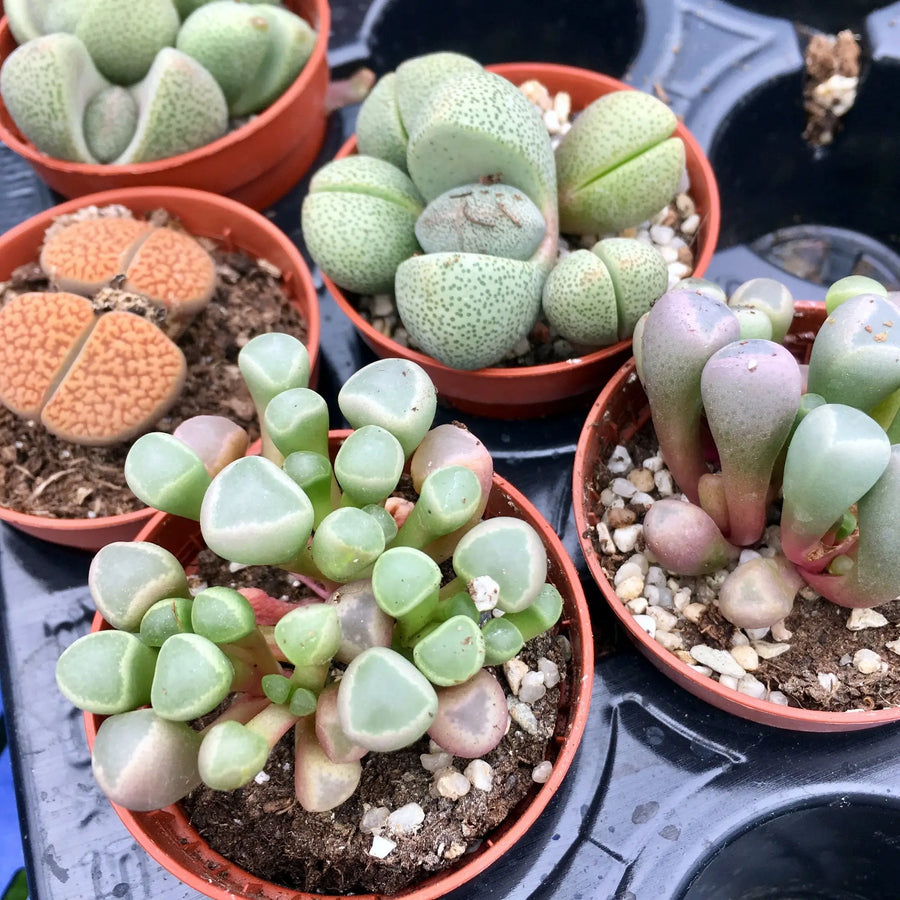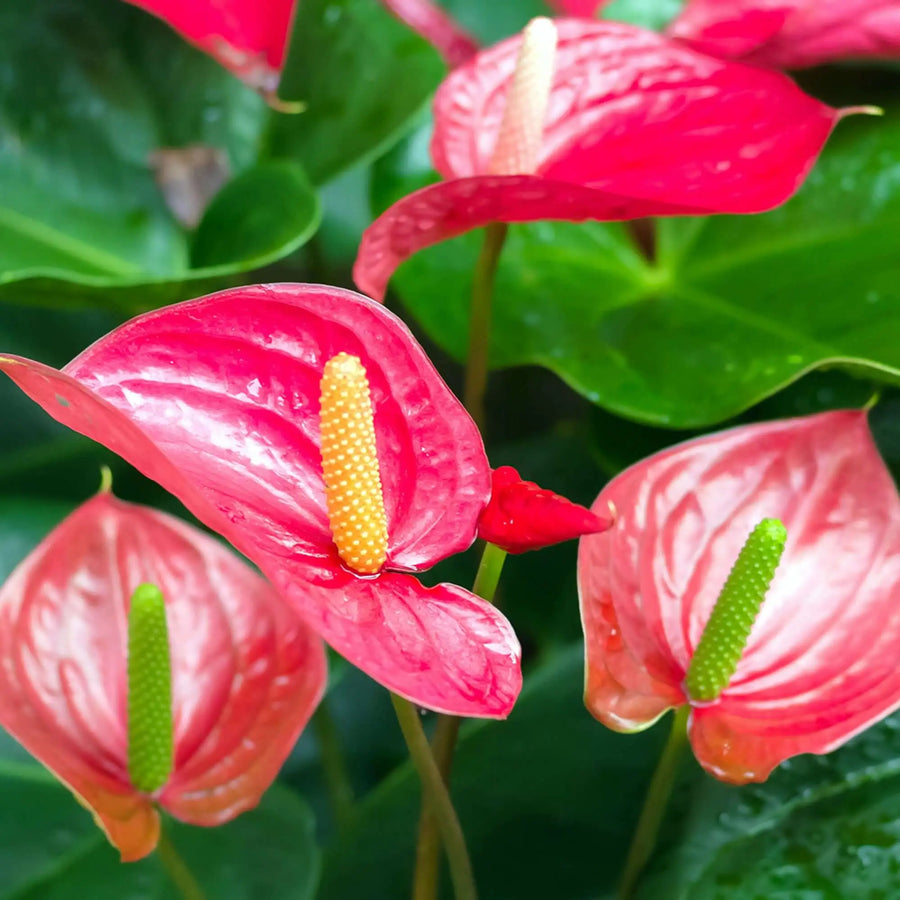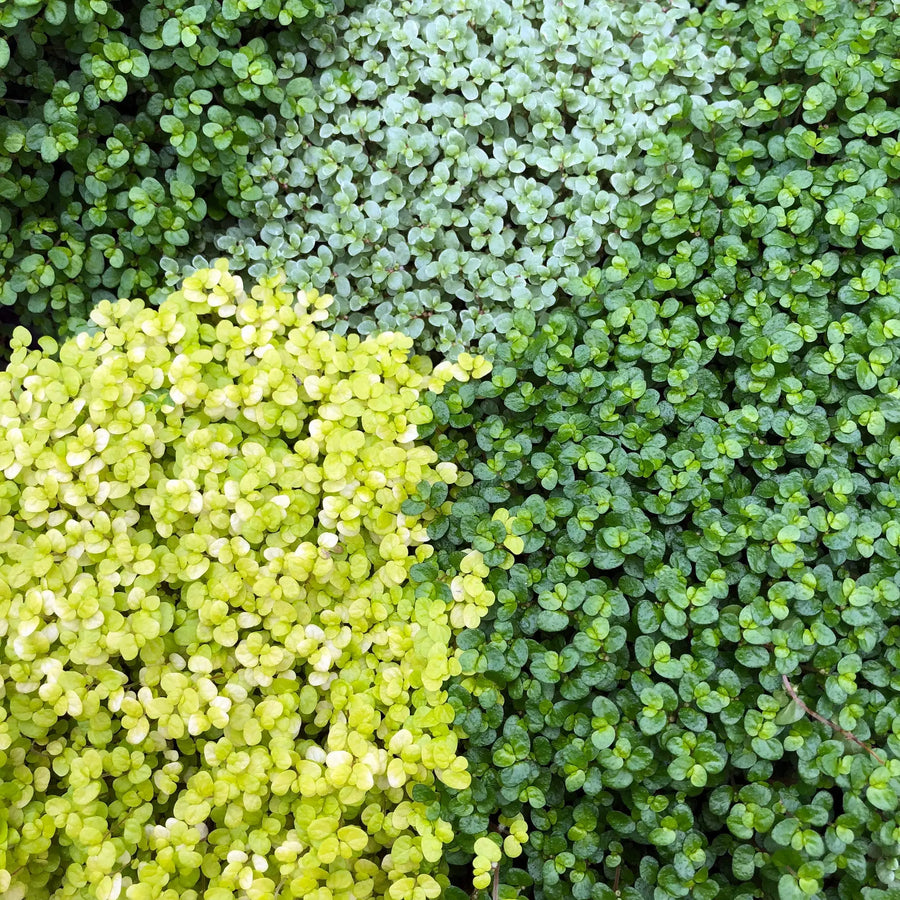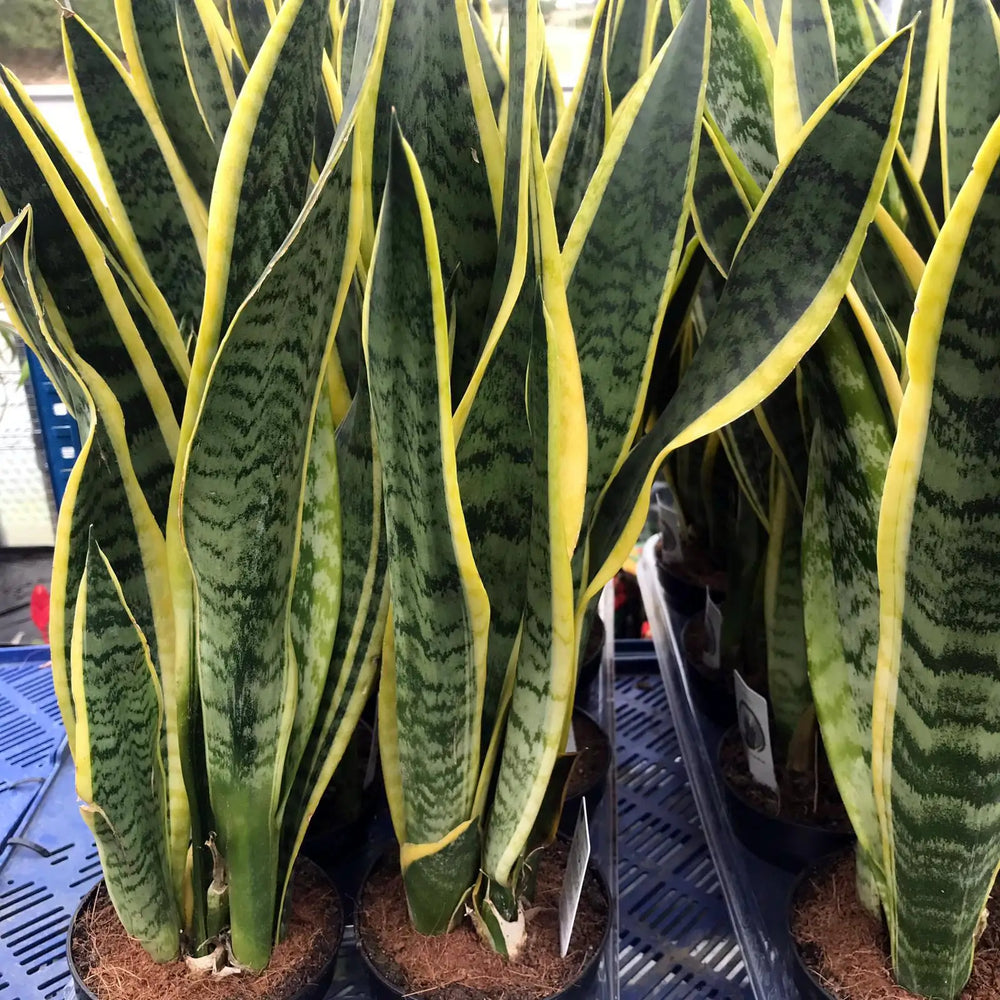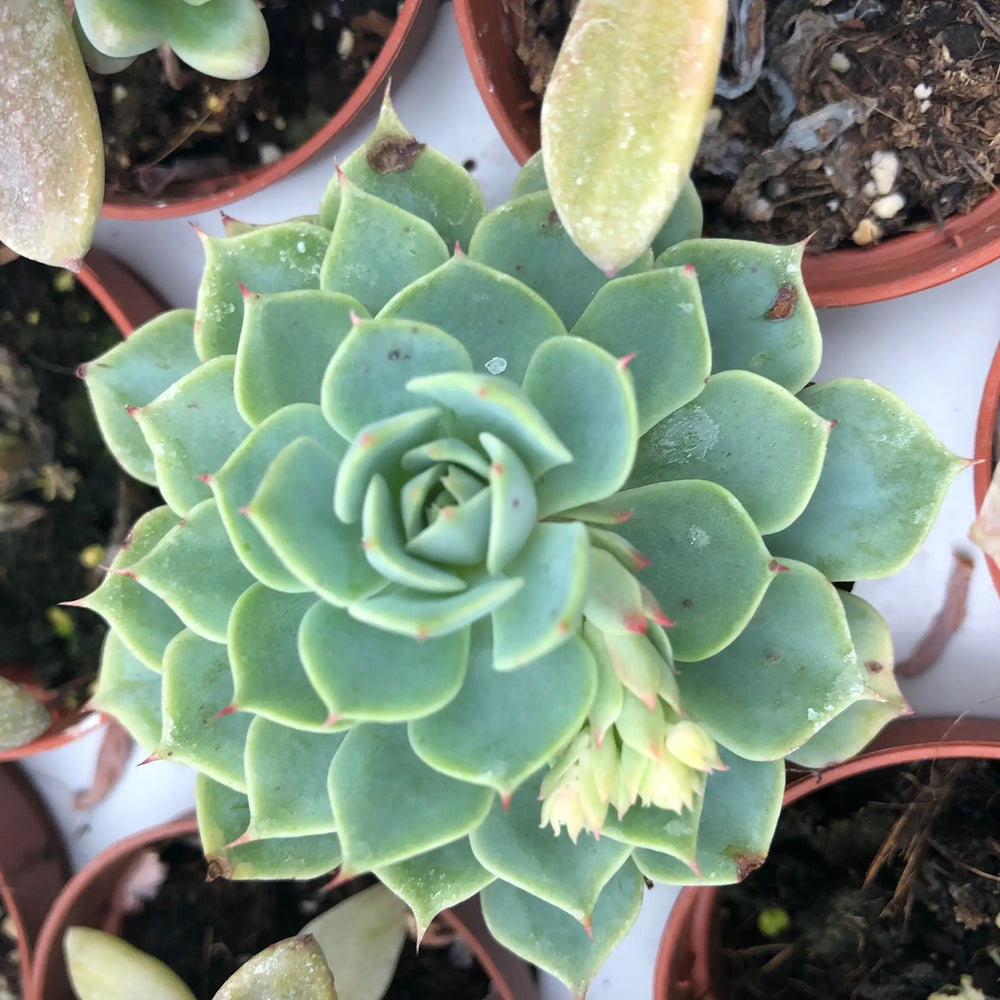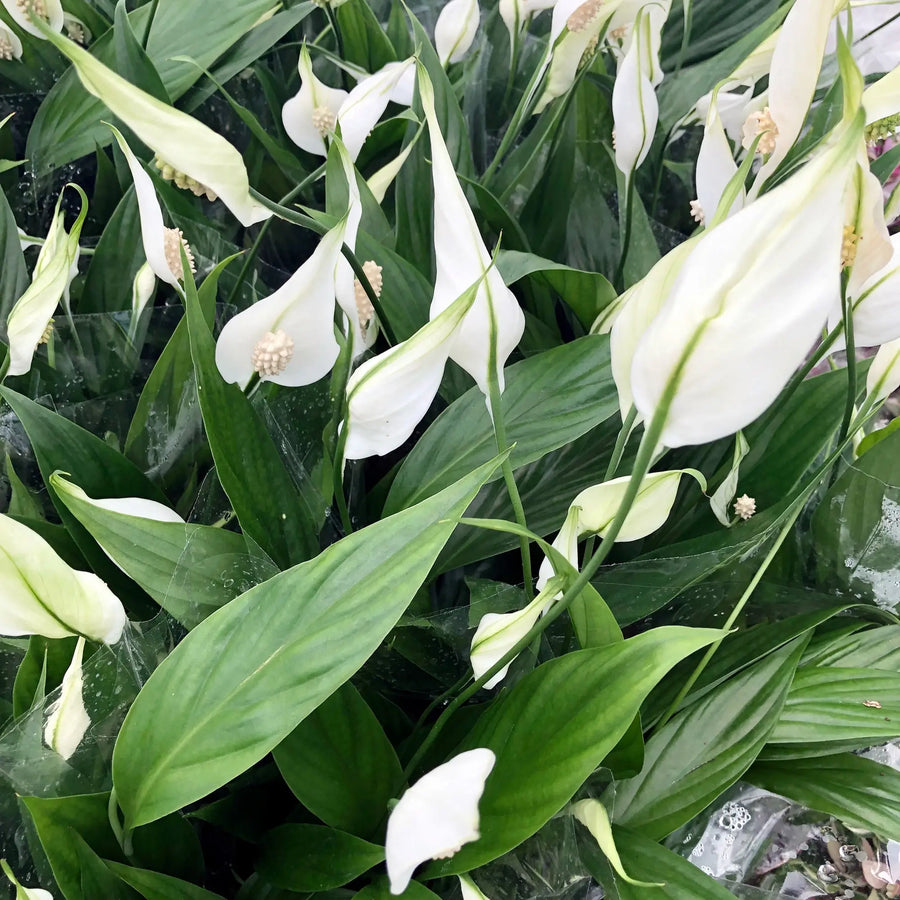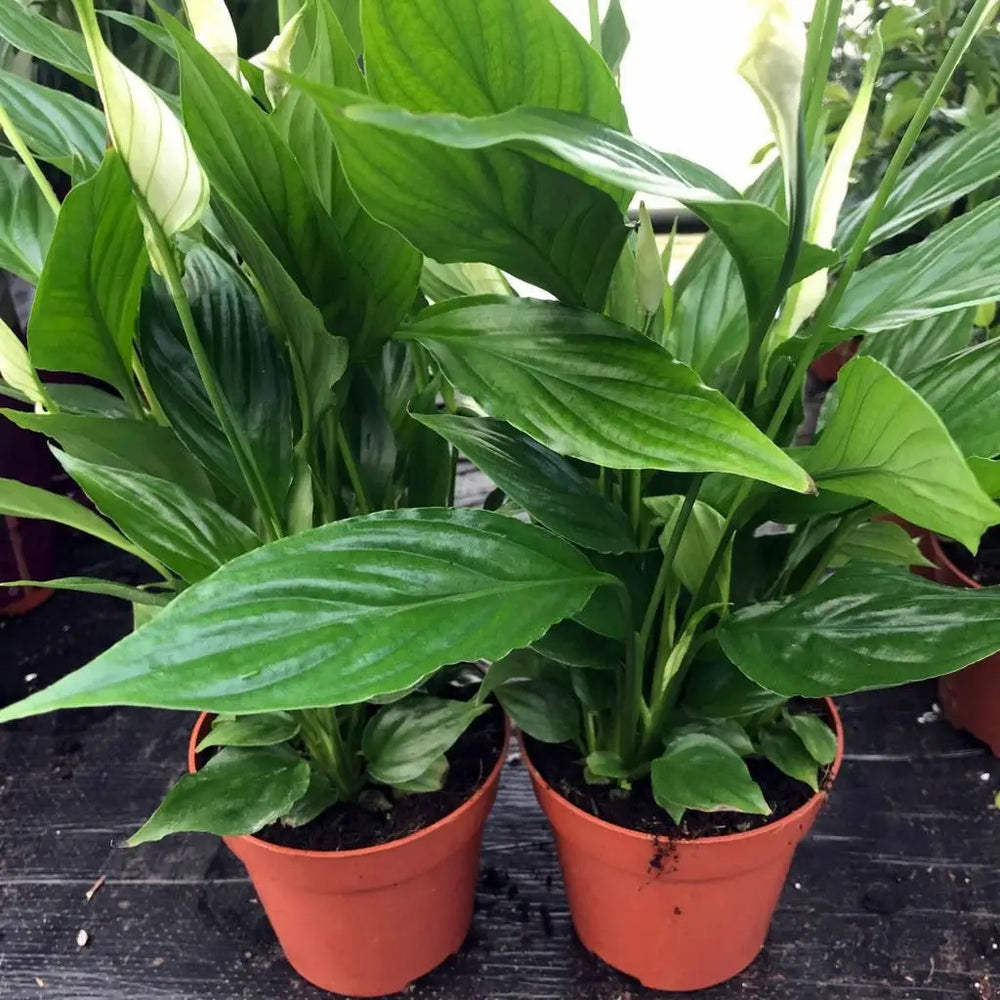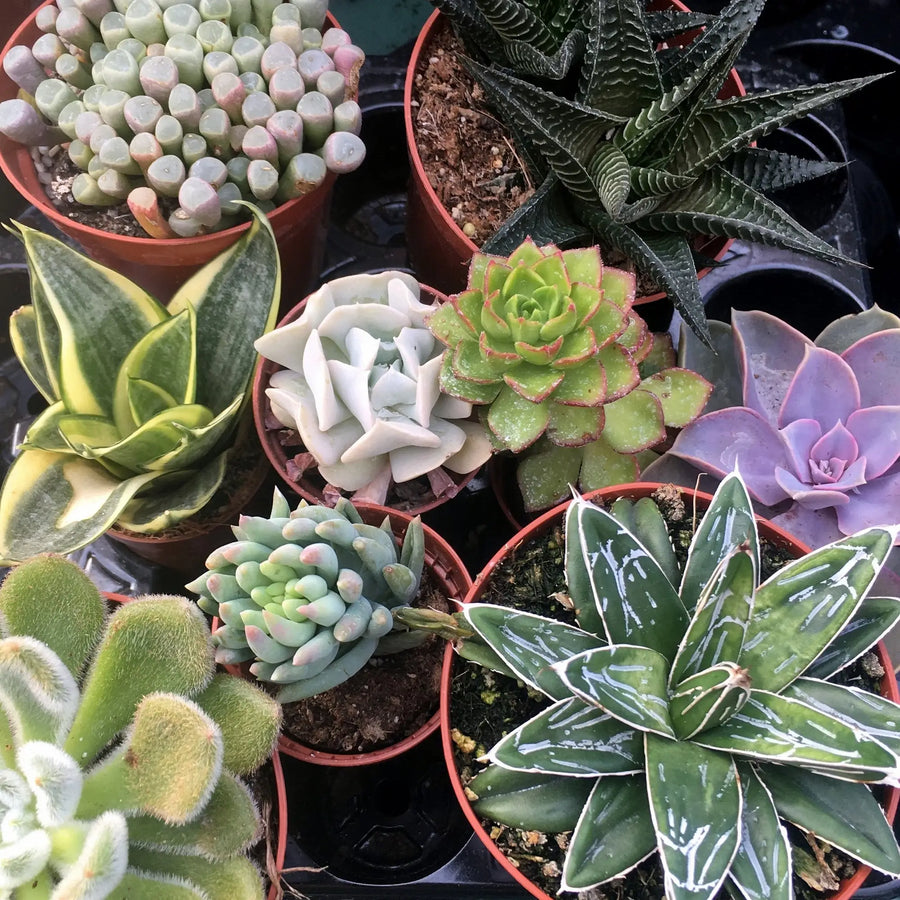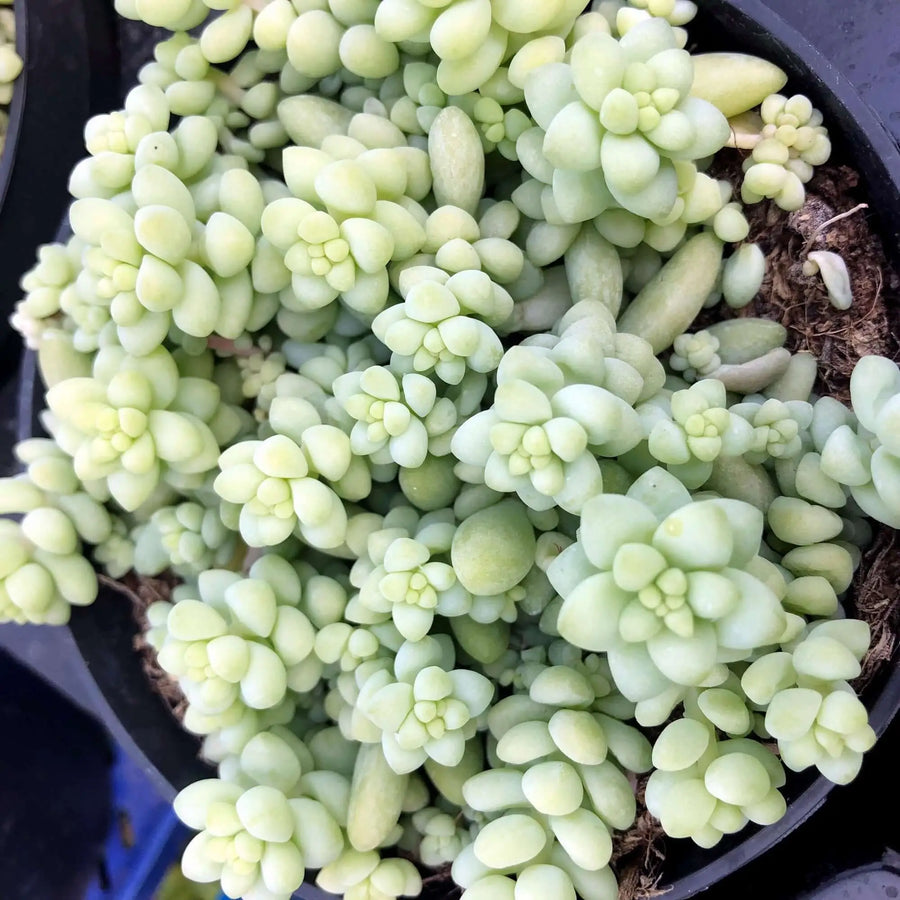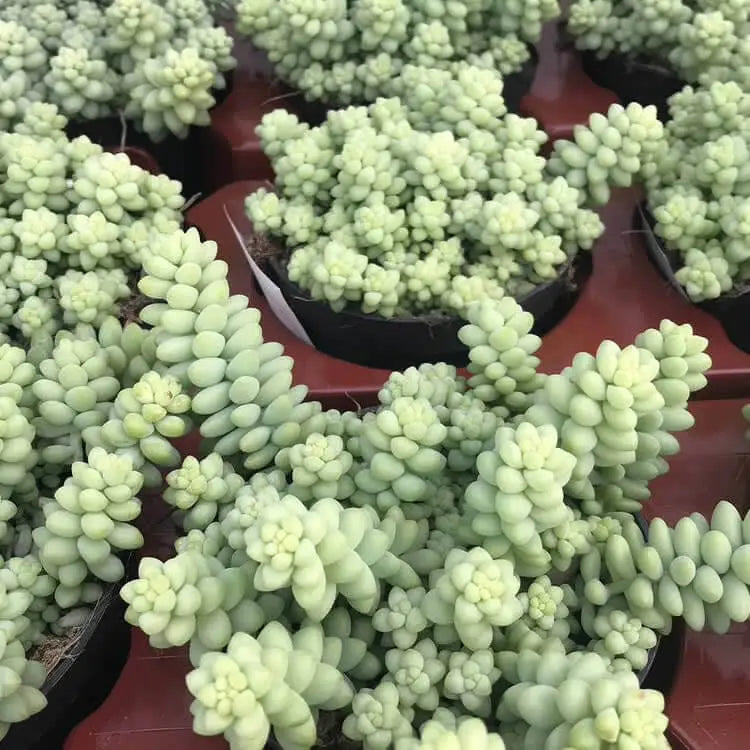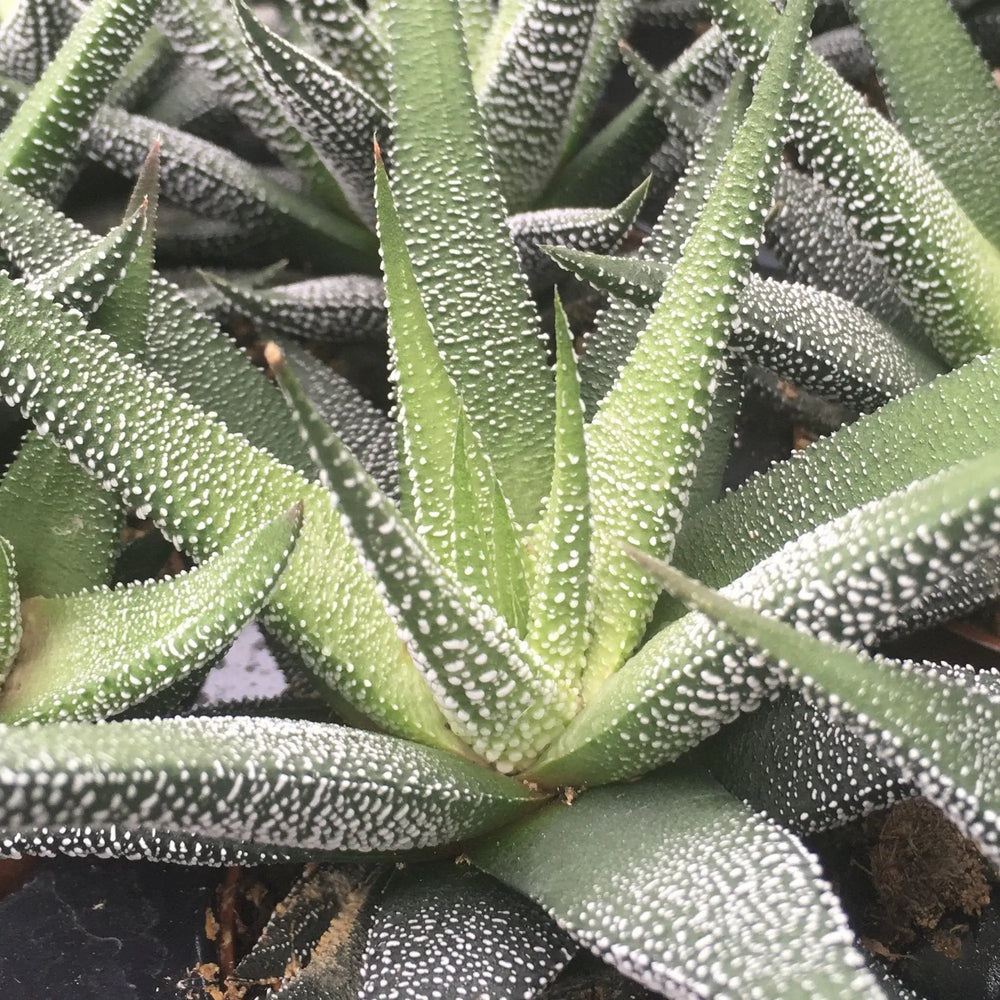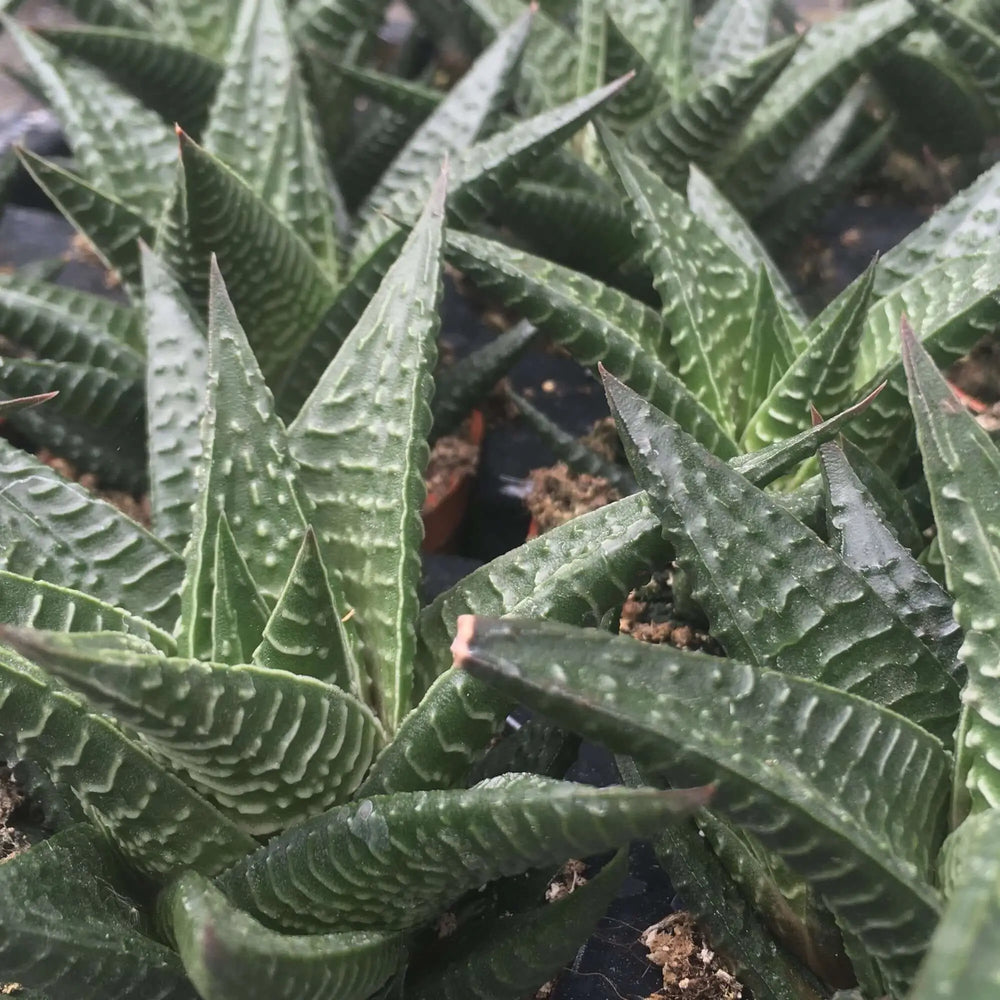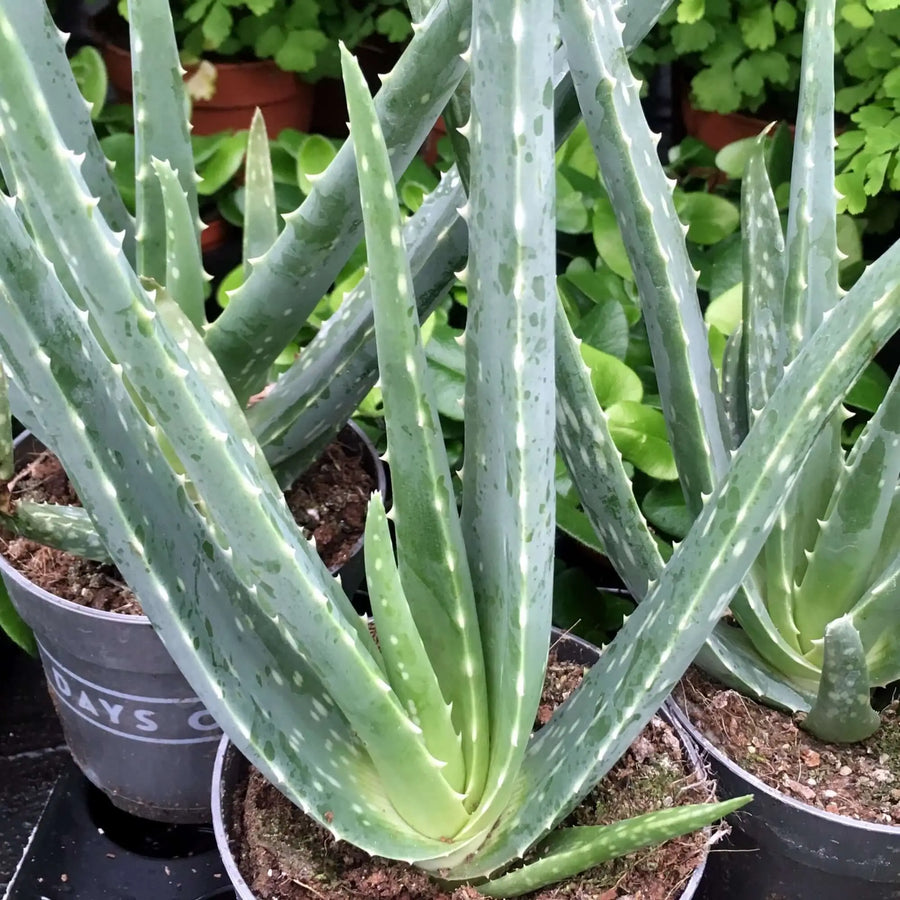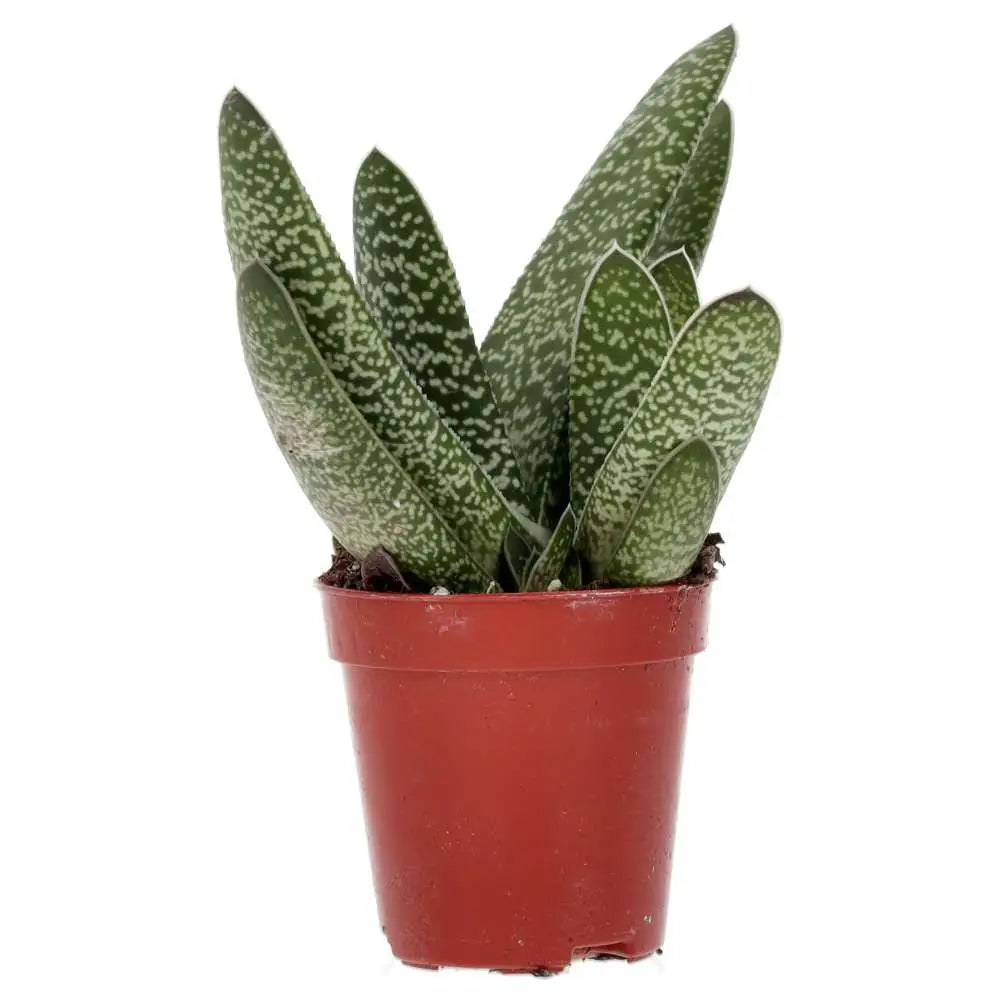379 products
Free Delivery
On order over £79*


379 products
Phrases like 'terrascaping', 'bioactive' and 'living terrariums' are becoming more and more common in the world of reptile and amphibian care, as keepers become more aware of the benefits of creating a living ecosystem for their pets.
Apart from the aesthetic appeal of a planted terrarium there are some very real, tangible benefits for the animals. Living plants provide natural cover and climbing perches, shade, basking sites and maintain natural humidity. Just as live plants in an office can improve workers’ well-being, live plants in a terrarium will have the same effect for animals.
But not all plants are suitable for terrarium use and it is important to not only choose the correct plants for the environment but also to select species or varieties that do not grow too large. Many houseplants for sale appear suitable when they are small specimens in a garden centre, but given time they may end up as giants that overwhelm a terrarium.
ProRep are delighted to introduce a comprehensive range of live plants. These are not just small houseplants but are a selected range of species that are ideally suited to the terrarium, including some of the more unusual or rare types. They have carefully selected the range so that there are plants to suit all habitats and growth patterns. There are air plants and succulents for arid environments, bromeliads, ground cover plants and epiphytes for jungle setups as well as aquatic plants and mosses.
Whatever the environment you're trying to recreate, you will be able to find suitable live plants here in stock at Northampton Reptile Centre. This includes the following varieties:
Bromeliads – including Flaming Sword, Pink Quill and Orange Spike.
Air Plants – including Tilandsia ionatha, brachycaulos, butzii, bulbosa, tricolor and more.
Ferns – including the Boston fern, Maidenhair fern and bird’s nest fern.
Mosses – including Java moss, flame moss and Taiwan moss.
Carnivorous Plants – Cape sundew, venus fly trap and trumpet pitcher plant.
Jungle Plants – including Heartleaf Philodendron (Philodendron scandens), Flamingo Flower (Anthurium sp.), and Devil’s Ivy.
Desert Plants – including Zebra Plant, aloes, and Snake Plant.
There are several things you can do to keep live plants alive in enclosures. This includes doing the following:
Pick resilient plants, such as devil’s ivy or heartleaf philodendron, which can survive the occasional nibble.
Make sure to match the plant with the animal. For example, if your reptile needs a high humidity environment, then opt for plants like ferns and mosses.
Watering is crucial, but you have to do the right amount. Overwatering plants can lead to a too wet substrate and rot, while underwatering can result plants that dry out.
For trailing plants, you can use a moss pole to help them grow aerial roots and climb upward.
While artificial plants may be an attractive choice for reptile keepers, as they are fairly durable and generally won’t be ingested, reptiles can be pretty determined.
They may be drawn to the vivid colours of fake plants and if they eat them, it will cause impaction on the digestive tract. Additionally, they won’t provide any humidity and can sometimes be more expensive than real plants.
There are a bunch of reptile-safe plants, especially at Northampton Reptile Centre. These include bromeliads, mosses, philodendrons, ferns and peperomia.
We also stock specific edible plants, such as turtle vine, dandelion, plantain, lamb’s lettuce and more.
Sign up to the Reptile Centre newsletter so you don't miss out on all the latest offers and guides to give your pet the best they deserve






